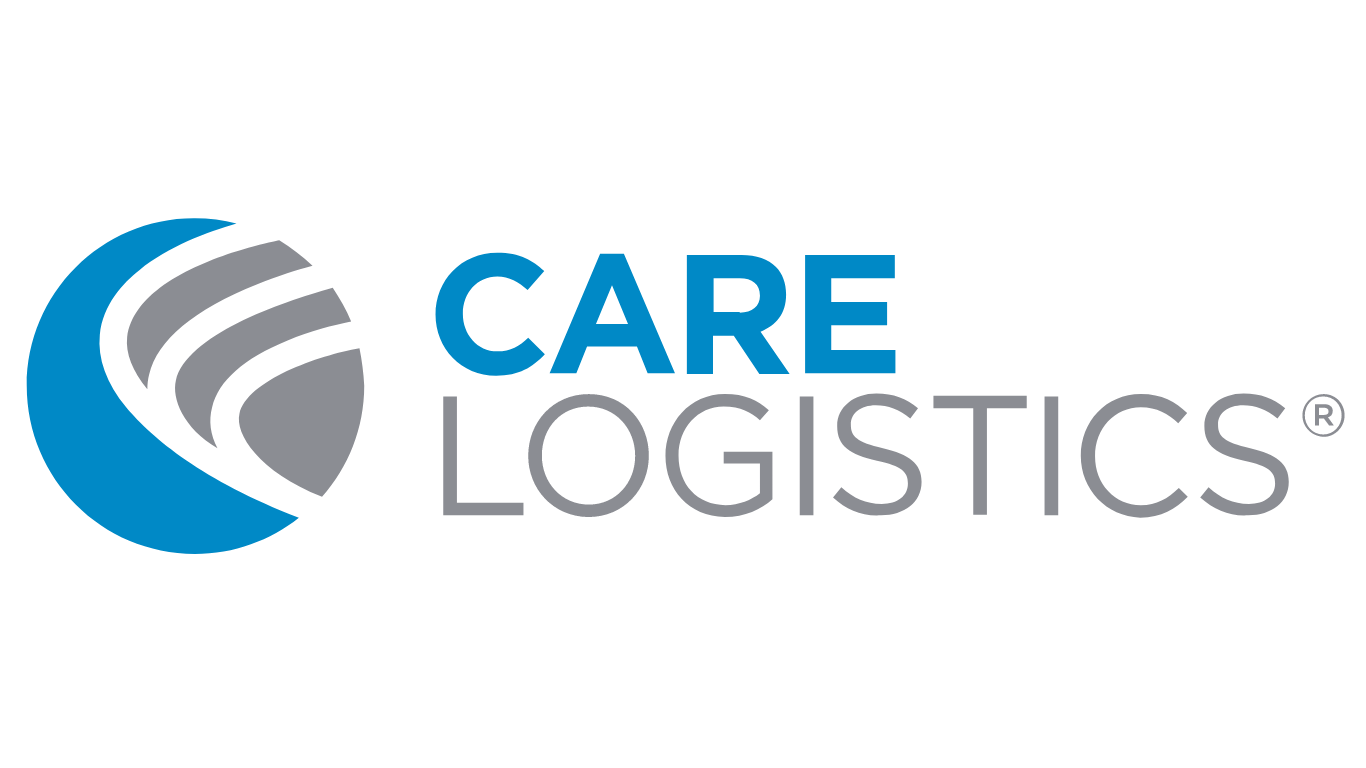3 Common Mistakes to Avoid When Running A Kaizen Event
By Danny Jerez
Kaizen events are a powerful Lean Tool/Methodology that can help drive change and promote Lean culture in an organization. Kai-zen translates to “Change for the Better” in Japanese. A Kaizen event is typically 2-3 days and provides a structured approach using Lean tools to identify gaps in current state processes and solutions that can be built into future state processes. Many organizations, healthcare or not, use Kaizen events as a targeted approach to improve processes. In this article, I’d like to discuss 3 common mistakes to avoid when preparing/running a Kaizen event.
1. Not Getting the Right People in the Room
When preparing for a Kaizen event, it is imperative that there is careful thought and introspection into who attends the event. Since these events are meant to be 2-3 blocked-off days for team members to address process issues, having too many team members can waste time. Not having the right people in the room will cause a lack of true understanding of the process which will in turn lead to the wrong solutions.
A Kaizen event is also supposed to create a safe space for front-line team members to speak truthfully and honestly. So, it is important to limit leadership/management presence during the event. Even if there is a good working relationship/culture, some team members may not speak up about details that are crucial to understanding the process. The use of a SIPOC diagram (Suppliers, Inputs, Process, Outputs, Customer) can be a useful tool to initially identify all appropriate process stakeholders and provide a high-level process.
2. Process Scope Creep
Another common issue to avoid when conducting a Kaizen event is scope creep. The scope of a process simply stated is a clear definition of where the process starts and ends and what is encompassed. Scope creep refers to a project/process that encompasses more than is needed or necessary to address the gaps. Think of the common expression: Don’t try to boil the ocean. Scope creep will lead to an ineffective Kaizen event and result in wasted time and resources and no clear picture/action items to address. It stems from taking on more than a team can within a 16–20-hour event. Use of a Project Charter, agreed upon by the Kaizen event sponsors, is key to kicking off an event and will aid in developing a clearly defined process to address gaps. What’s in scope/out of scope should be clearly outlined in the project charter.
3. No Clear Ownership/Venue to Address Action Items
A Kaizen event should always have clear action item deliverables as a result of time spent addressing the gaps in the process. Despite being 2-3 days, work is far from over after that time. It is imperative to the success of the event/process, that key owners and sub-teams are identified to address action items from the event. Not doing so will lead to delays in addressing process gaps or worse, not addressing them at all. Leadership will then question the value of future Kaizen events. This kills process improvement/Lean culture in an organization. Before wrapping up an event teams should make sure the following are in place:
1. Process Owner – Person accountable for owning the action item with sub-team
2. Project Manager – Person overseeing the timeline and completion of all action items, helping to keep everyone organized
3. Leadership Approval – Agreement from the Leadership team/project sponsor that the action item can be addressed and is a worthwhile effort
4. Clear/Reasonable Deadlines – Not set in stone and can always be re-arranged but need a date to work towards initially
5. Regular, Scheduled Meetings – These should be in place to help provide consistency for the team and keep everyone on track
If you’re a Healthcare Leader/Professional who actively engages in Kaizen events or are interested in kicking off Kaizen events, please avoid these mistakes at your organization. Doing so will lead to a successful event and the momentum your organization needs to further drive Process Improvement/Lean Culture.
